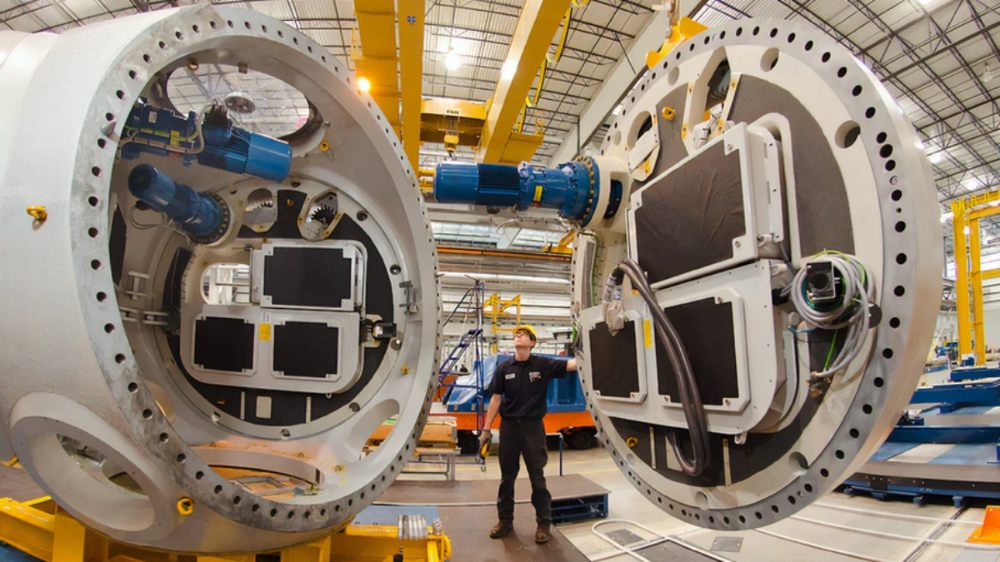Posted by: Pooja Arora, Marketing Head

The coronavirus pandemic has buffeted manufacturers in every sector. Companies serving industries that are thriving—technology, health care and home repair and remodelling, among others—have experienced a sharp increase in demand, while those that manufacture components for underperformers such as aviation, energy and the automotive industry have languished. Meanwhile, almost all manufacturers have grappled with supply chain disruptions. The pandemic has sped up the shift from global to more local economies—a trend already underway thanks to international trade tensions and other factors. As part of this transformation, industries are looking to bring supply chains closer to home and are creating major “reshoring” opportunities. That means manufacturers and the industries they serve are building new factories or reviving old ones that went dormant during years of expanding globalization. These new factories are likely to be smaller and more automated, with technology that enables them to change product lines more quickly as demand shifts. This, in turn, means opportunities for other manufacturers—those that make automation components, as well as “integrators” who put together automated systems. And with new demand for personal technology products and remote connectivity, manufacturers that serve the sector with components for technology hardware, data-centers and cellular connectivity have benefited from increased investment.
As they move ahead in a changed landscape, manufacturers must adapt to multiple transformations, often by changing processes and practices that they had grown accustomed to. Amid the explosion in online shopping, consumers are demanding faster deliveries and greater choices than ever before. Satisfying those demands will require manufacturers to adapt quickly, whether by innovating with new products or modifying existing ones—say, by allowing consumers to
customize products and arranging manufacturing processes to be flexible enough to handle product variations.
COVID-19 is expected to accelerate the digital transformation in manufacturing by leveraging numerous technologies. Further, the COVID-19 impact on the manufacturing industry will create a value chain that operates like a neural network – an intensely networked set of collaborative partners aligned to a purpose-driven ecosystem. This will make the future manufacturing enterprise-
* Resilient through connected, cognitive, and collaborative supply chains.
* Adaptive through an agile response to market demand by personalizing products and services.
* Purpose driven by engaging with partners across industries to deliver frictionless experience to end customers.
The global spread of COVID-19 has created an unprecedented situation for the manufacturing sector, resulting from mandated lockdowns across the global ecosystem, not just local or regional ones as in previous disasters. Supply chains are disrupted, stopping the flow of materials, intermediate parts and finished goods. Assembly lines are forced to halt or curtail operations because of a lack of workforce and parts.
During the pandemic, several economies understood that diversification is a key factor for mitigating their risk as many players relocated their businesses to other business hubs. The Indian Government provided relief measures in the form of logistical support, the Essential Commodities Act, and covid-linked passes which helped ease the day-to-day operations of multiple stakeholders. The situation improved gradually and confidence towards the business outlook for production rose as a phased reopening of the economy was announced. A positive outlook was witnessed in the
manufacturing sector after the stabilization of the first wave due to an easing in COVID-19 restrictions and the resuming of full-time work in factories, which was supported by a surge in new work and exports.
 011-46039993 (Ext. 21 to 32)
011-46039993 (Ext. 21 to 32)
Leave your comment